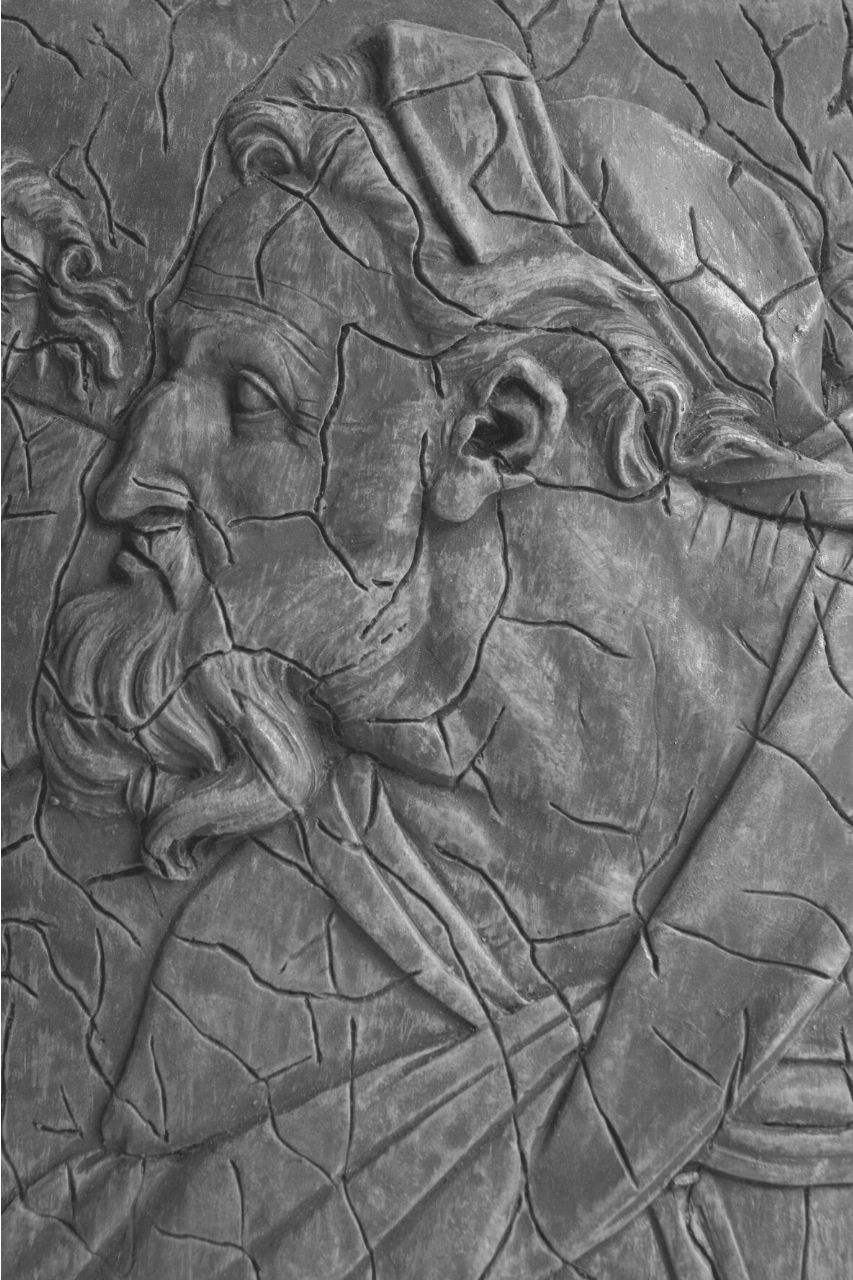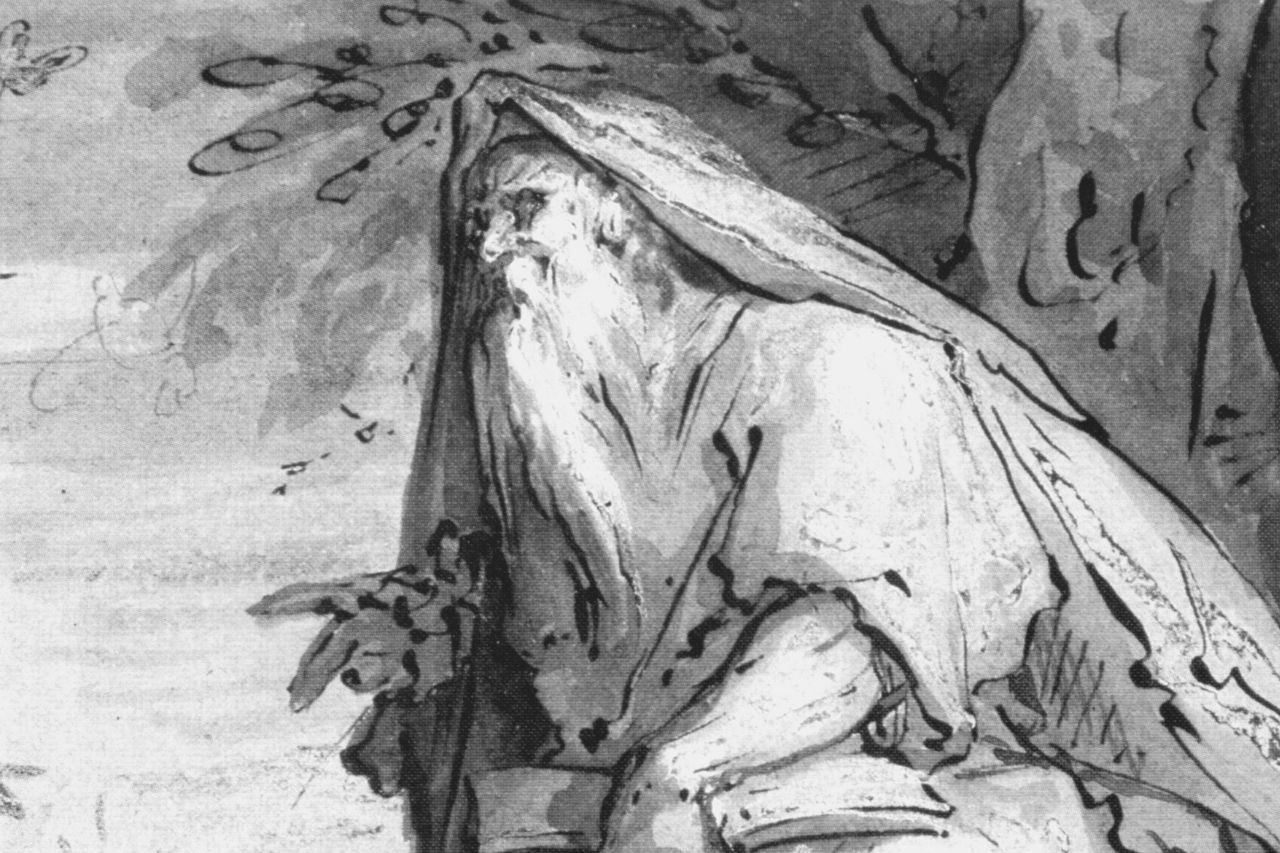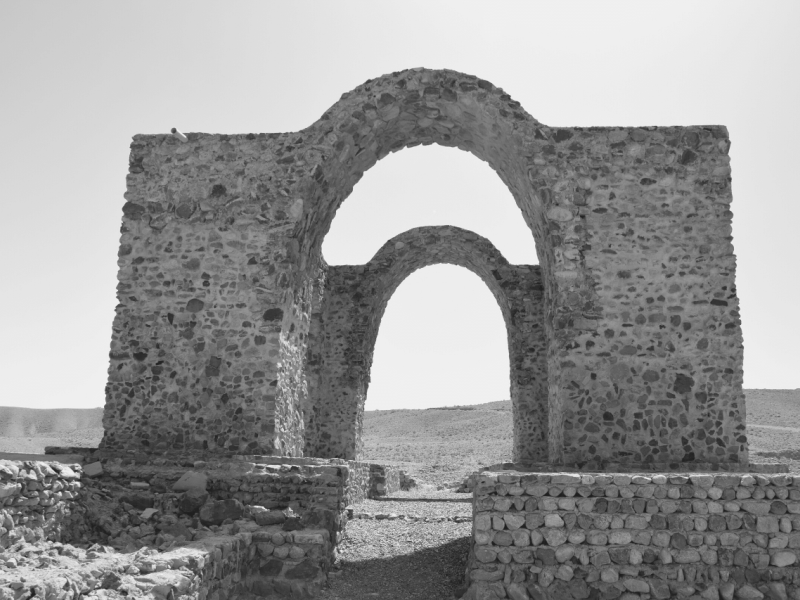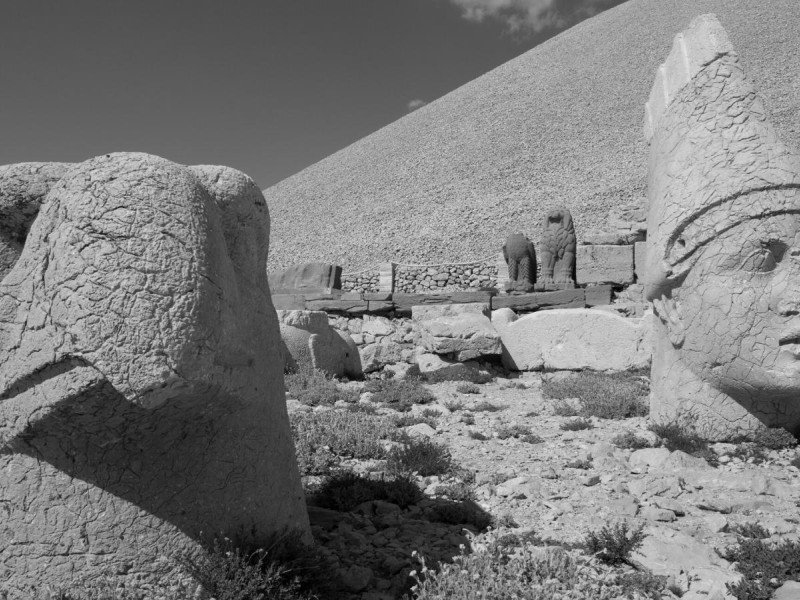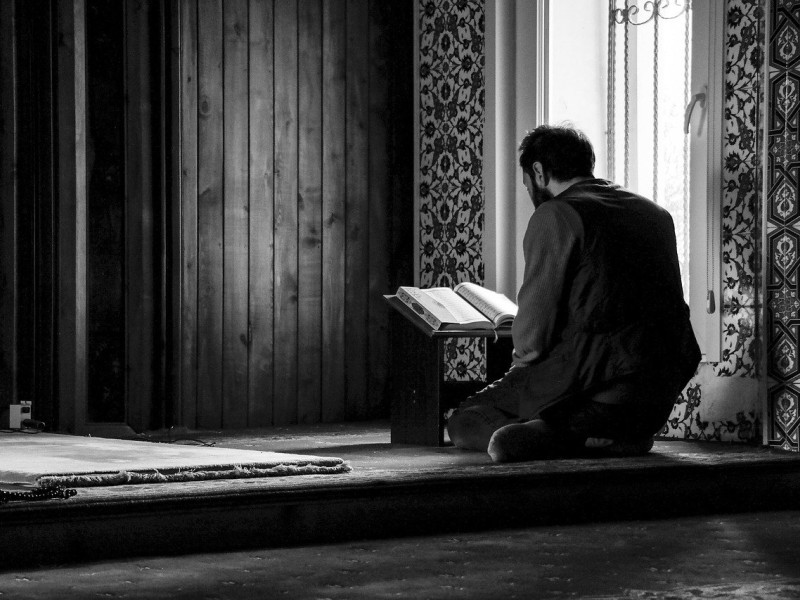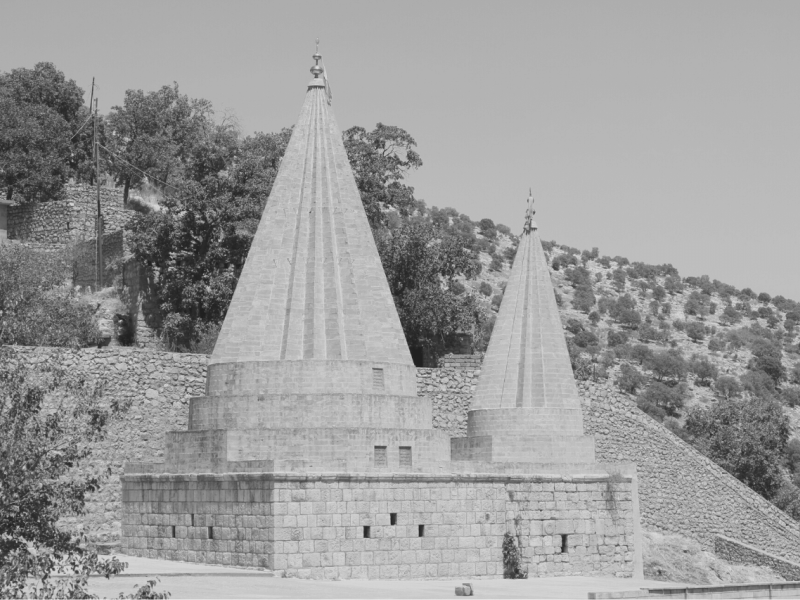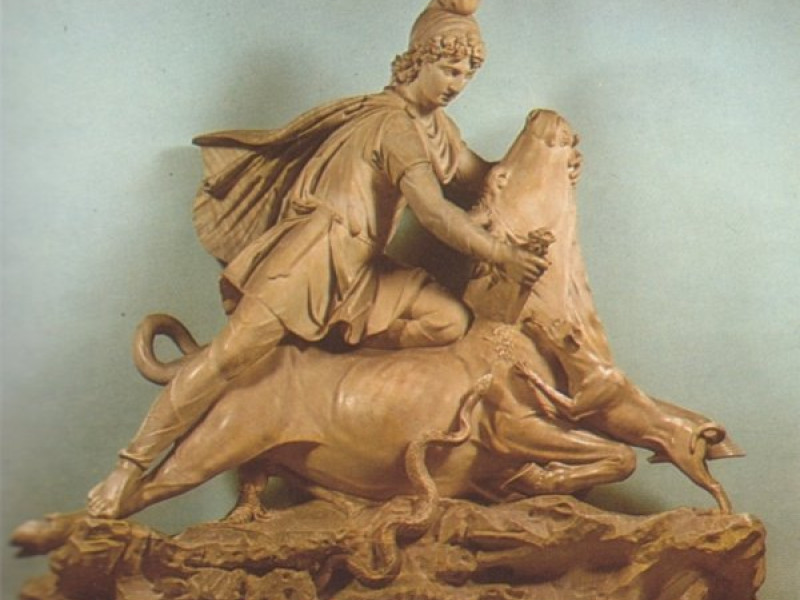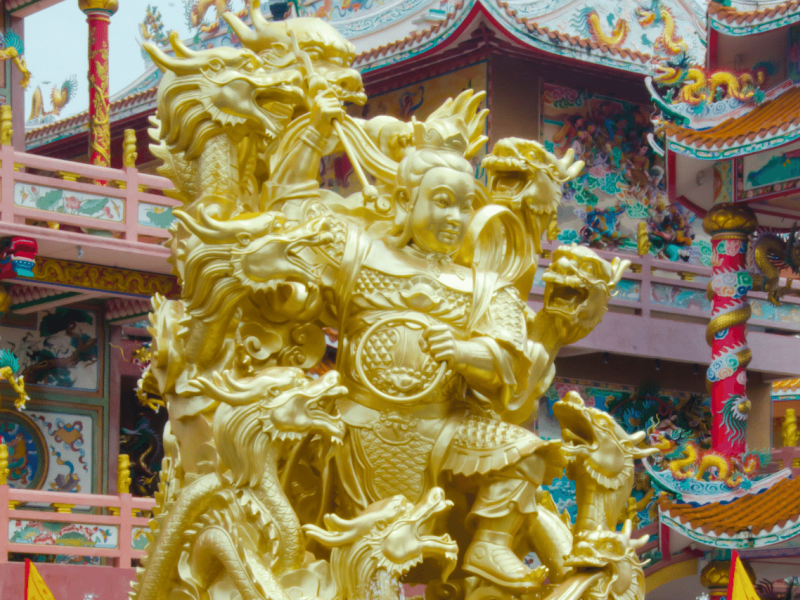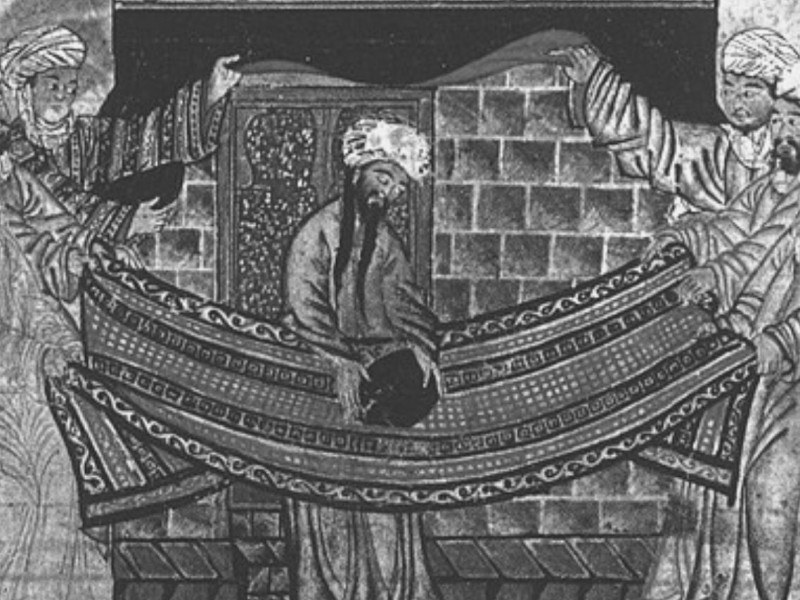Mani: The Last Prophet
Mani the Prophet had followers who were neither Muslim, Buddhist, nor Christian. He believed salvation was possible and that he was an apostle of Jesus Christ. In this article, we cover Mani the prophet, the beliefs of Manichaeism, and the movement’s origins.
Who was Mani the Prophet?
Mani the Prophet is revered as the final prophet after Zoroaster, Buddha, Gautama, and Jesus. He was born in Iran, near Seleucia-Ctesiphon (now al-Mada’in), in 216 A.D. His parents were members of the Jewish Christian Gnostic sect known as the Elcesaites. Mani regarded himself as an Apostle of God, living in Southern Babylonia. His religious beliefs had elements of the much older Persian creed of Zoroastrianism.
Mani composed seven works in his life. Six of them were written in a late variety of Aramaic called Syriac. The seventh work was written in Middle Persian and presented to the Sasanian emperor, Shapur I.
While in his twenties, Mani decided that salvation could be achieved through education, fashion, chastity, and self-denial. Manu claimed to be the Paraclete promised in the New Testament and the Last Prophet.
Mani declared himself to be an apostle of Jesus Christ. In his poetry, he frequently praises Jesus and the Virgin Mary. Manichaean tradition also makes claims that Mani was a reincarnation of Zoroaster, Buddha, and Jesus.
Mani traveled to India to convert the people. On his return in 242 AD, he joined the court of the King of the Sassanian Empire. He also worked with his successor, Hormizd, but Bahram disagreed with his beliefs. Bahram, a follower of Zoroastrian reformer Kartir, began to persecute the Manichaeans.
Mani told his disciples he was going to heaven and would not return for a year. In 274 AD, Mani reappeared when he was arrested and flayed alive. His skin was stuffed with straw and nailed to a cross suspended over the main gate of Gundeshapur. This process was done as a warning to his followers. After Mani’s death, his followers fled to India and some to China. Those who remained in Iran were reduced to slavery.
What were Mani’s teachings?
Mani’s teachings were based on the dualism of good and evil struggling eternally. They were intended to succeed and surpass the teachings of Christianity, Judaism and Zoroastrianism, and Buddhism. It is based on a rigid dualism of good and evil, locked in an eternal struggle.
Mani posed the central question of the origin of evil. He explained that evil came from an ancient cosmic conflict between light and dark. He also believed eclipses were the sun, and the moon was using special veils to shut out the distressing sight of cosmic battles.
The Manichaean religion offered a straightforward answer to the puzzle of why God lets evil flourish. God can do little about evil because He is not the pretty all-powerful being He is usually taken to be.
What is Manichaeism?
Manichaeism was a major religion founded in the 3rd century A.D. by the Persian prophet Mani. Manichaeism beliefs were based on local Mesopotamian religious movements and Gnosticism. A follower of Manichaeism was called a Manichaean, Manichean, or a Manichee.
Manichaeism taught a rigid dualistic cosmology. This religion’s work describes the struggle between good and evil, the spiritual world of light, and the material world of darkness. Followers of the Manichean religion were organized into a church structure. They were divided into a class of elects and auditors. The elect must follow the laws strictly, while auditors care for the elect in the hope of being reincarnated as an elect.
What are the Beliefs of Manichaeism?
Manichaeism believes the creation of the world was the result of an invasion of the realm of light by the forces of darkness.
A result of this invasion was elements of light being devoured by dark demons. They believed demons conceived all men, animals, and plants in an attempt to retain the light particles they swallowed.
Manichaeism also shared the belief that the universe was set up by the deities of light to redeem any absorbed light, allowing it to be returned to its original home. A man’s light can be released, and his spirit saved, when he realizes his place in the scheme of the world.
Manichaeism teaches that salvation can be achieved through worship, prayer, and abstinence. It’s a very moralistic religion with ascetic tendencies. They forbid the elite, including the clergy, to marry, engage in trade, cut plants, or slaughter animals. The commoners can do these things, although reluctantly.
Was Mani a Muslim?
Mani, the Prophet, attempted to create a truly universal religion based on duality. He deliberately added elements drawn from other religions, including Mithraism, Christianity, and Buddhism. There are parallels between Mani and Muhammad, the prophet of Islam.
Mani claimed to be the successor of Jesus and other prophets whose teachings he believed to have been corrupted by their followers. Mani declared himself as the Paraclete, which the Orthodox tradition is understood to reference God in the Holy Spirit’s person. Mani, like Muhammad, also claimed to be the last of the prophets.
Mani was raised in a Jewish-Christian baptism sect. In his early writings, it is clear he was not satisfied with the denomination he was born into. Although he accepted Christianity, he only believed some of it to be true. He supplemented the teachings he was raised with by borrowing from other religious texts and adding his theories.
Although not a Muslim, Mani and Manicheanism are referenced in numerous Islamic historical and literary texts, he was sometimes depicted as a prototypical arch-heretic. Other times he is depicted as a religious leader and acclaimed artist. A Manichean religious text in Parthian shows that Manicheans were attempting to assimilate Islam’s terminology and concepts.
Muslim conquests protected Manicheanism and temporarily ended persecution. The Umayyad governor of Iraq, al-Hajjaj b. Yusuf sought to safeguard the Manichean status and regulate the community’s affairs through an archelogos based in Ctesiphon.
Where Was Manicheanism Prevalent?
Manichean churches and scriptures existed as far east as China and as far west as the Roman Empire. At one point in history, a main rival of Christianity before the spread of Islam replaced paganism.
The Manichean vision was most potent in eastern Iran and Central Asia. Skilled Sogdian merchants served as missionaries for the religious sect. It became the official religion of the Uyghur Khaganate in 762, strengthening its power.
Manichaeism quickly became successful through the Aramaic-speaking regions. The Manichean religion thrived between the 3rd and 7th centuries. At its height was one of the most widespread religions in the world.
Beginning with the pagan emperor Diocletian, followers of Manichaeism were persecuted by the Roman state. For this reason, Manichaeism survived longer in the east than in the west. The Manichaean religion was believed to have finally faded away in south China during the 14th century.
How did Manicheanism Grow and Decline?
Manicheanism grew because Mani had active missionaries in Syria, Persia, Palestine, Syria, and Egypt. Their followers made strong attempts to include all known religious traditions and preserved many religious works.
Mani encourages the translation of his writings into other languages. Their vigorous activity led to Manicheanism rapidly spreading west and into the Roman Empire. From Egypt, this religion moved across northern Africa and reaching Rome in the 4th century.
Mani helped the religion spread to the eastern provinces of the Persian empire. The community managed to maintain itself despite the heavy persecutions. Muslim ʿAbbāsid persecution in the 10th century forced the transfer of the Manichaean leader’s seat to the country now called Uzbekistan.
Manicheanism’s expansion throughout the East had already begun in the 7th century with the reopening of caravan routes after China’s conquest of East Turkistan. A Manichaean missionary reached the Chinese court in 694 A.D. In 732 A.D., an edict gave the freedom of religious worship in China.
When the Uighur Turks later conquered East Turkistan, one of their leaders adopted Manichaeism. It remained the official religion of the Uighur kingdom until its overthrow in 840.
Manichaeism is believed to have survived in East Turkistan until the 13th-century Mongol invasion. In China, the religion was banned in 843 A.D., but, despite the Manichean struggle, it continued to be worshipped until at least the 14th century.
Teachings that were remarkably similar to Manichaeism resurfaced during the Middle Ages in Europe. Groups such as the Armenian Paulicians, the Bulgarian Bogomilists, and the French Cathari or Albigensians bore strong resemblances to Manichaeism. The direct link to Manicheanism and these European neo-sects has never been established. Still, it is believed to have been influenced by the teachings of the prophet Mani.
Conclusion
Mani was a complex yet influential figure in history. He founded the dualistic religious movement in Manichaeism, which by some was worshipped but by others was considered Christian heresy. Here’s a summary of what we have covered in this article.
Mani is revered as the final prophet after Zoroaster, Buddha, Gautama, and Jesus.
Mani was born in Iran in 216 A.D. and died in 274 A.D.
Manichean churches and scriptures existed as far east as China and as far west as the Roman Empire.
Mani was considered a Christian heretic.
Manichaeism teaches that salvation can be achieved through worship, prayer, and abstinence.
Manichaeism taught a rigid dualistic cosmology.
